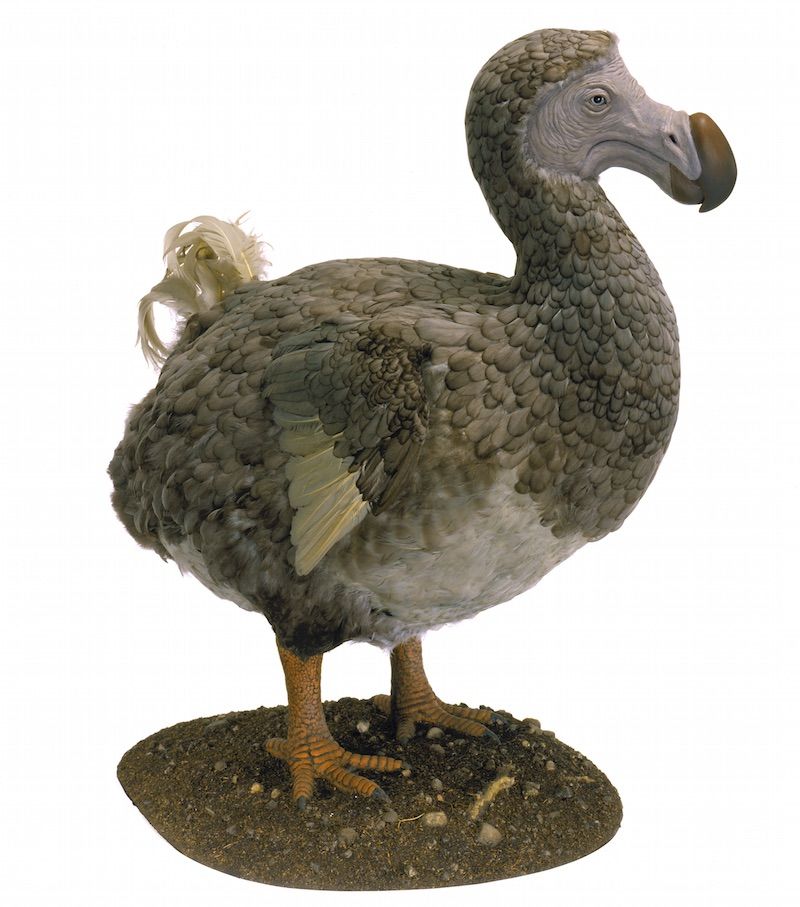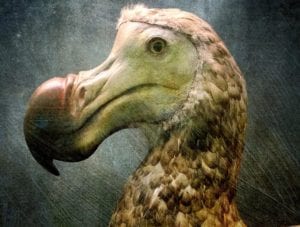

When one was lost, such as the dodo, every other species on that island, from the plants the dodo fed on to the other animals it shared the land with, were impacted as well, as was studied in Anthony Cheke’s 2008 publication “The Lost Land of the Dodo.” Because the island was filled with endemic species (many of which are now extinct), Mauritius catered directly to those species. Simply put, the more healthy the Earth’s ecosystems, which are dependent on the organisms within them, the more able the planet is to combat greenhouse gas emissions.įor instance, Mauritius Island, once the home of the dodo within the Mascarene Islands, was an evolutionary masterpiece prior to the arrival of humanity. Not only is climate change causing a loss of biodiversity, but a loss of biodiversity is causing climate change as well, according to the European Commission. For context, if there are 100,000,000 species on Earth, we lose 10,000 every year.īeyond the obvious heartbreak, why is this severe loss so dangerous? It is directly linked to climate change. The World Wildlife Fund estimates we lose approximately 0.01% of species on Earth every year. The potential headway in studies of conservation and biodiversity, the measure of diverse life forms on planet Earth, is reason enough alone. While many are skeptical, it is undoubtable the technology being developed in these experiments is incredibly important and needs to continue. In March 2022, Shapiro’s team also discovered a new specimen of dodo DNA, returning the idea of de-extinction to the public eye.

īy understanding a species’ evolutionary lineage (as we understand the mammoth to be a close relative to modern-day elephants) and by having access to mammoth DNA, scientists can tweak elephant genes to more closely resemble their wooly cousins, potentially creating a hybrid similar to that original species. Leading biologist of this issue and author of “How to Clone a Mammoth: The Science of De-Extinction,” Beth Shapiro has explained the method scientists are currently working with to return the mammoth, or at least, a creature part-mammoth, according to Smithsonian Magazine. Since DNA collected from living tissue is required to create a clone, that process is not able to resurrect species that have been extinct for long periods of time. More recently, the process most scientists hope will return long-lost species is not cloning, but rather a form of hybridization.

In 2009, a clone of the pyrenean ibex, a species that has been extinct since 2000, was successfully produced but only managed to survive a few minutes after birth before complications in her lungs caused her death, according to Forbes. However, in recent years, scientists have been toying with the idea of bringing this bird, and other extinct species like it, back to life. Today, the dodo is recognized as one of the most famous symbols of human-caused extinction, according to Britannica. Less than 200 years after humanity stumbled upon its habitat in the Mascarene Islands, the dodo bird was completely lost. Scientists have been toying with the idea of bringing back the dodo bird through hybridization.


 0 kommentar(er)
0 kommentar(er)
